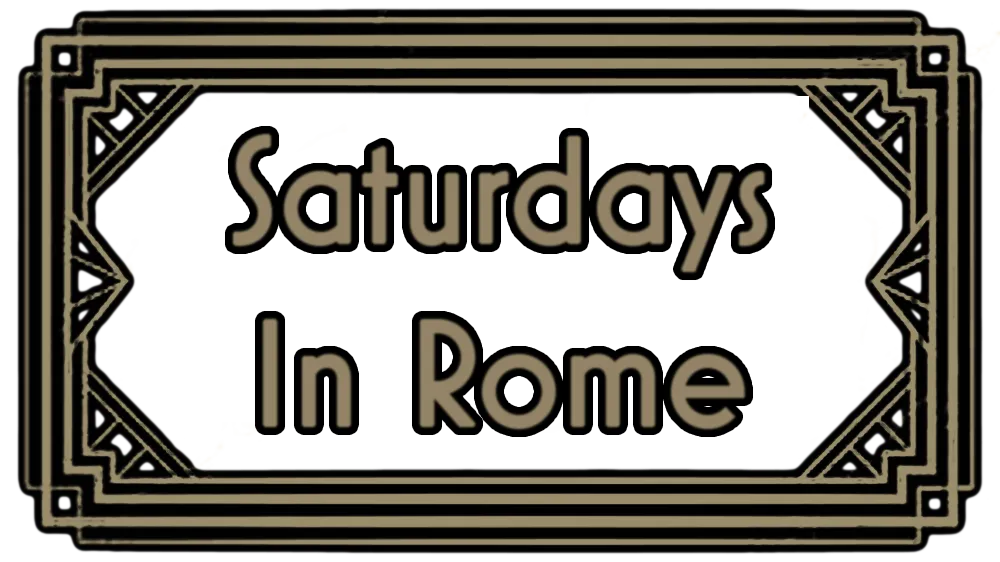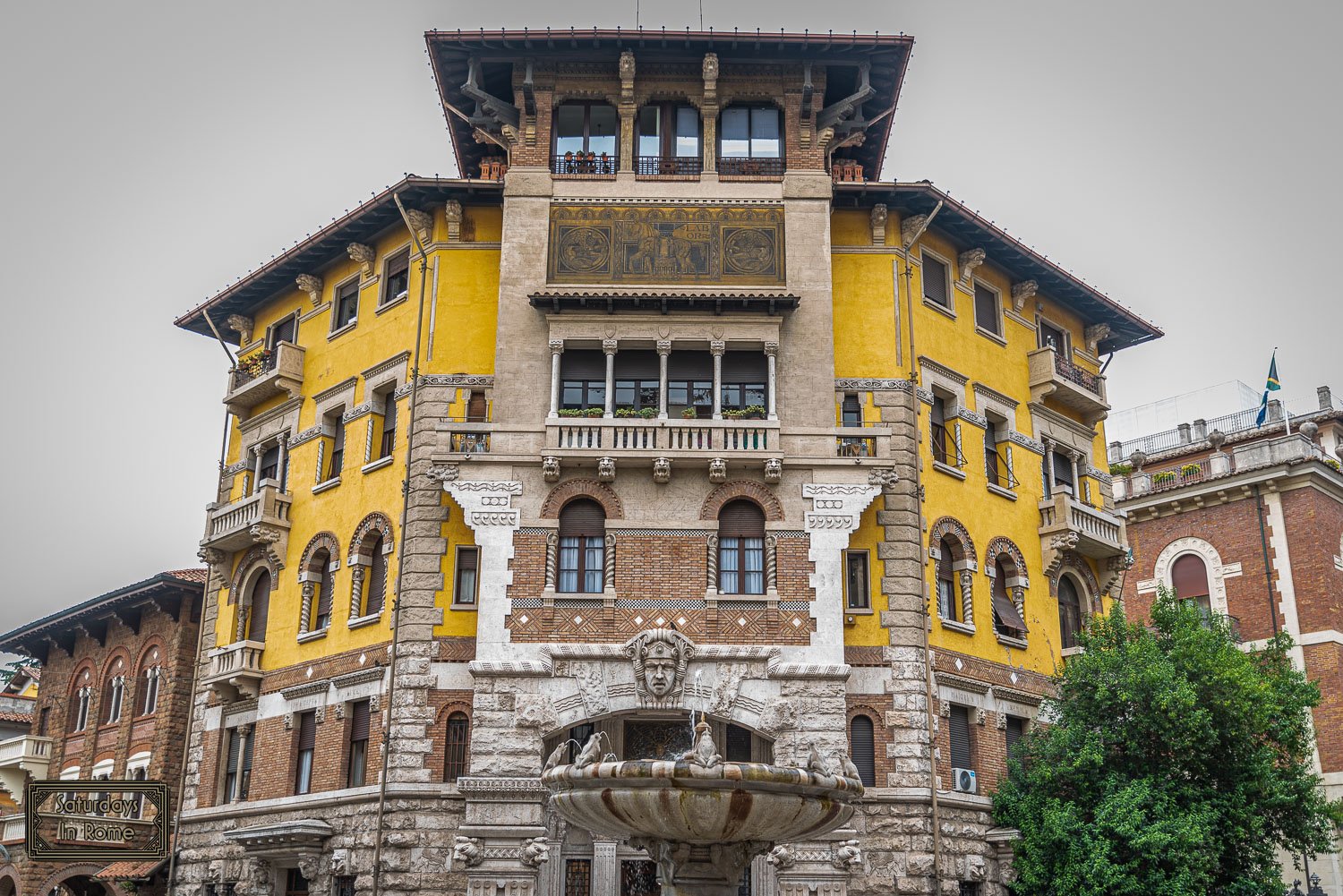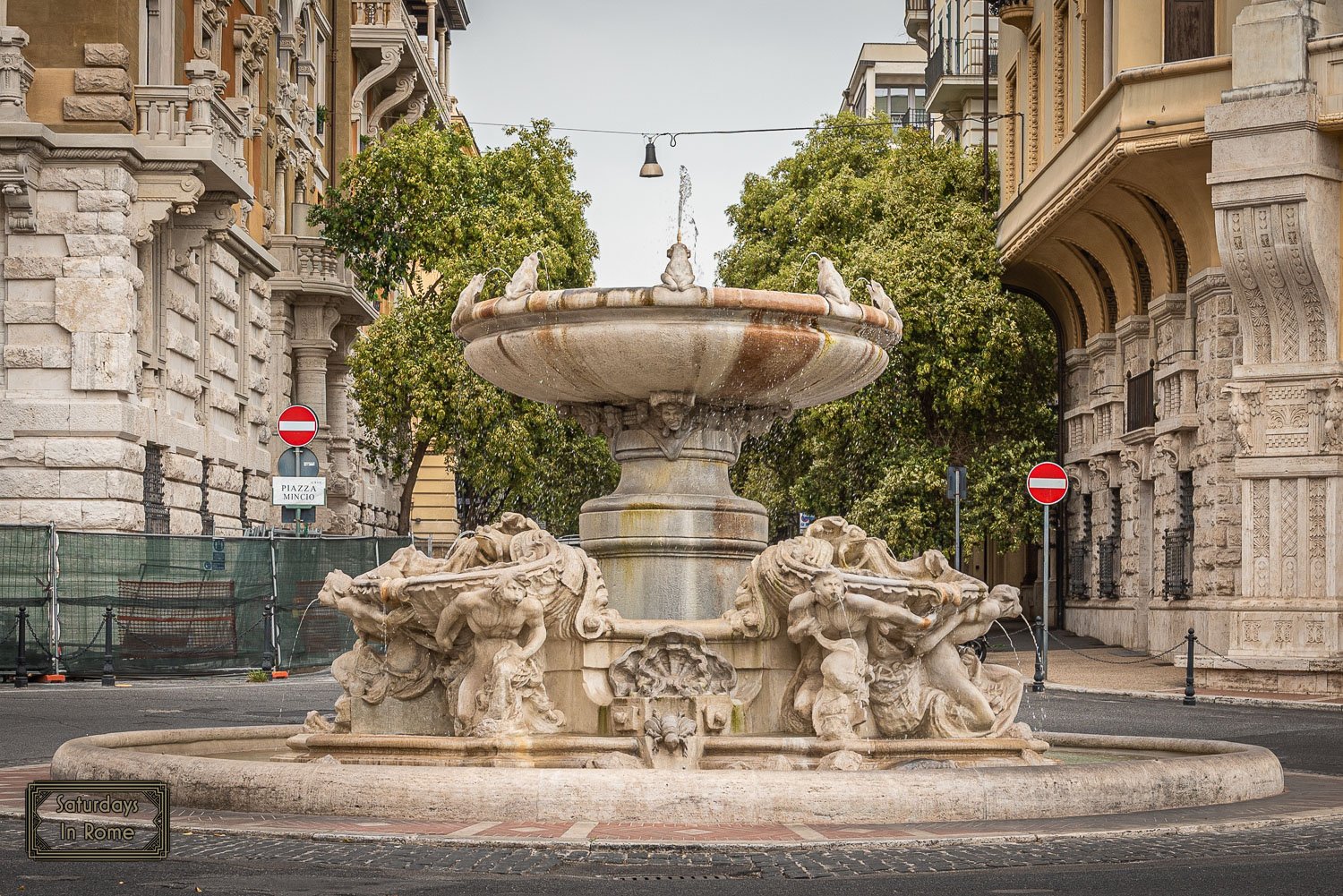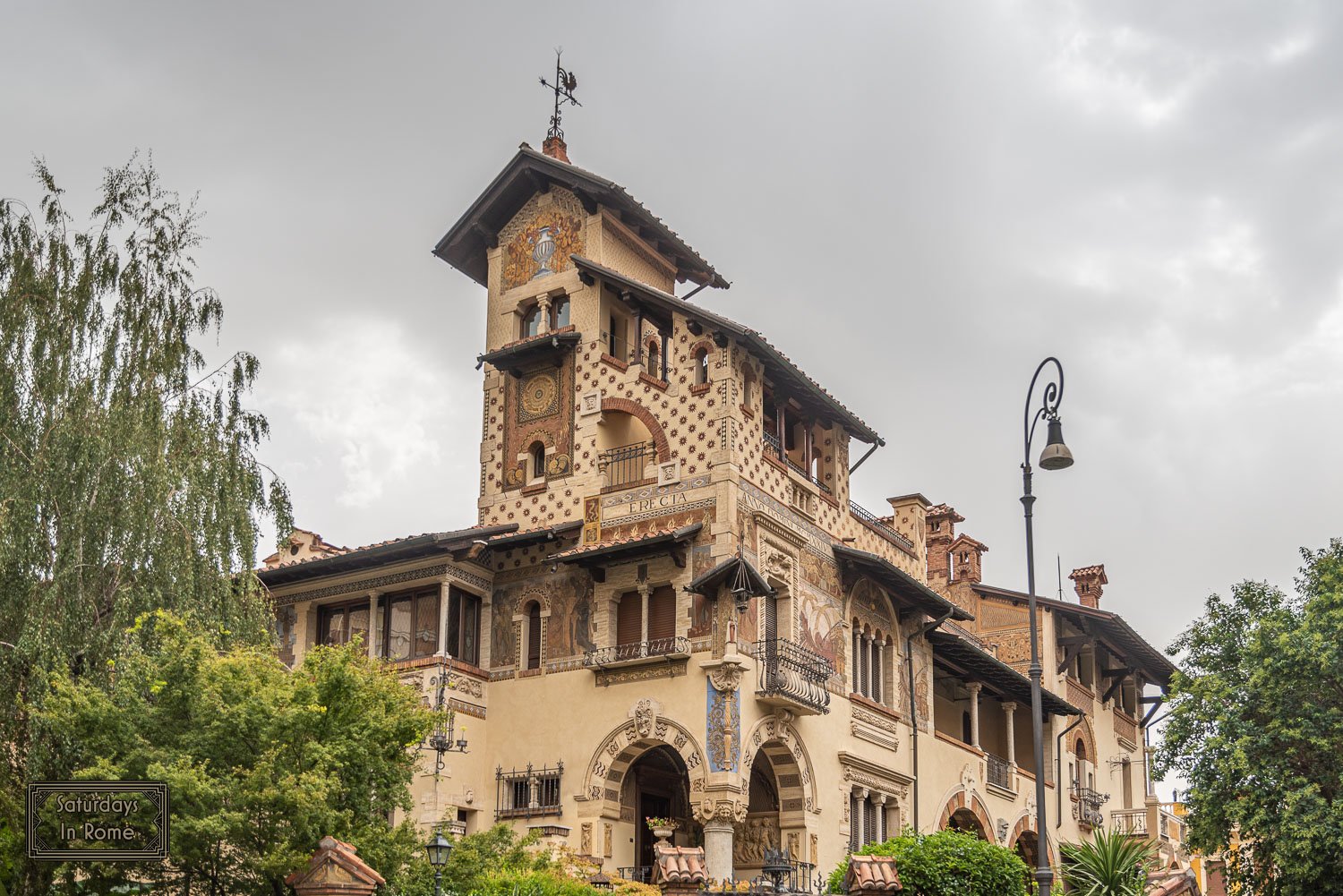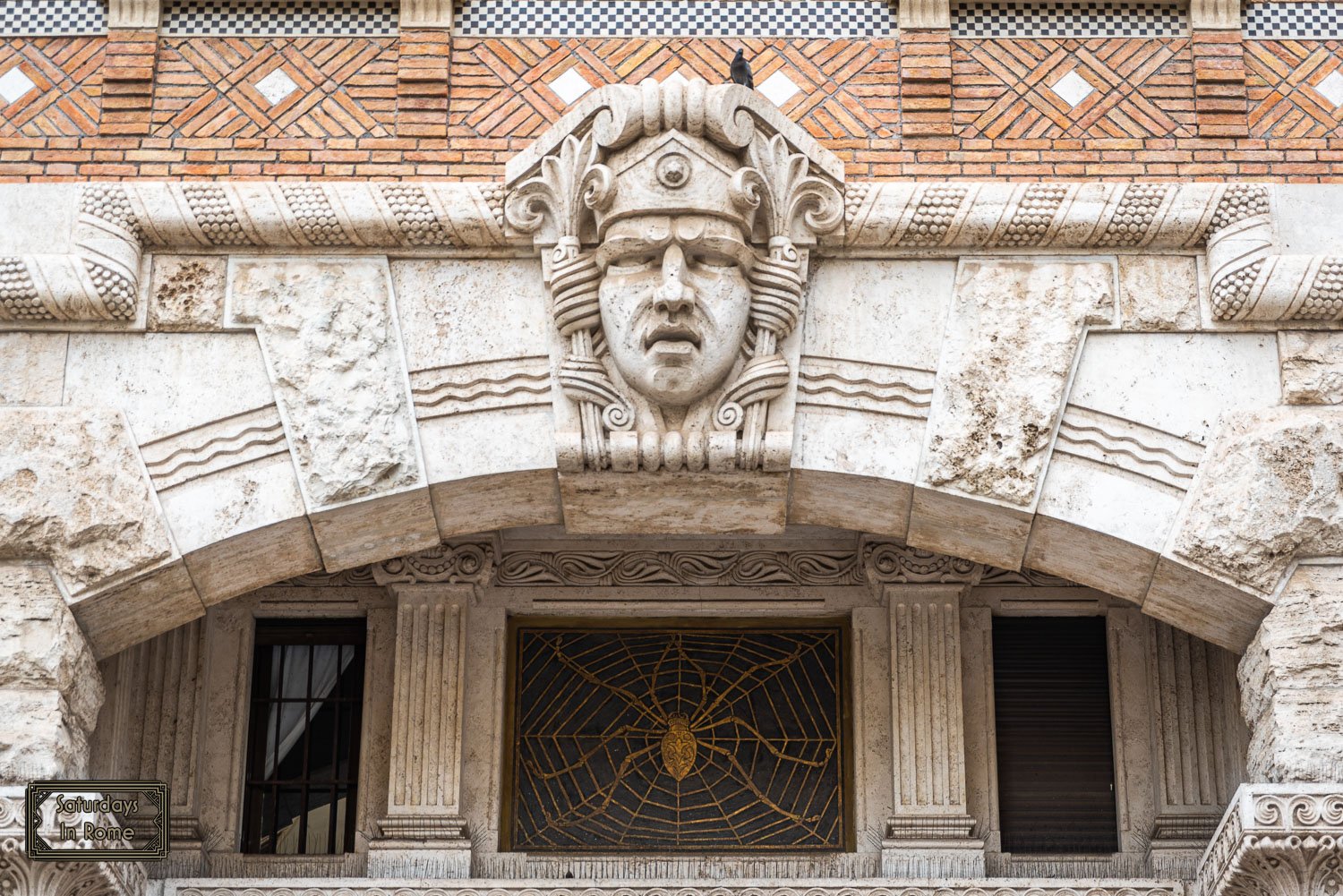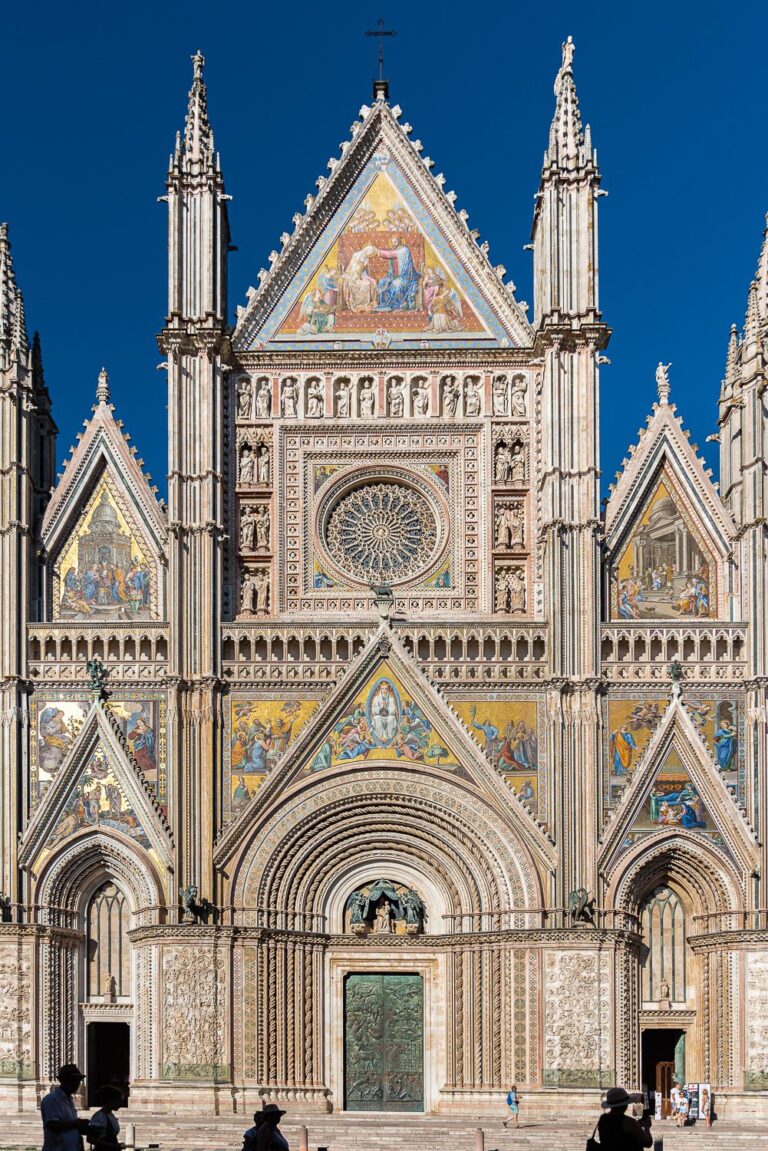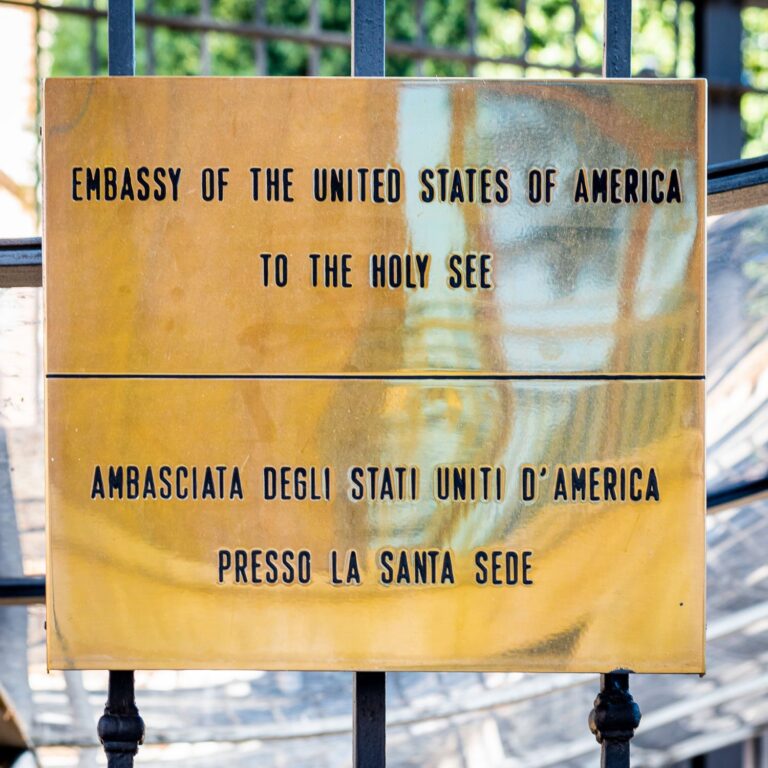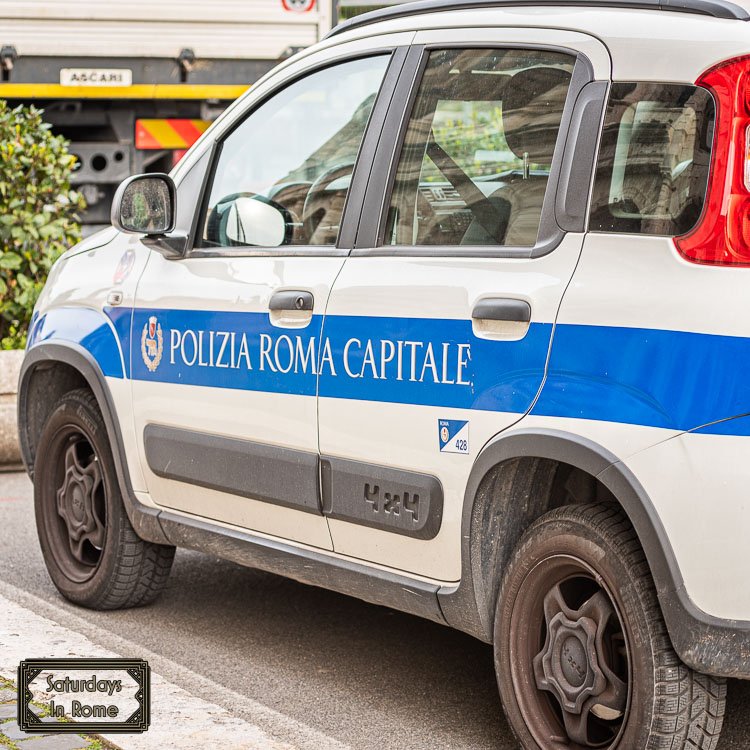The Quartiere Coppedè In Rome Is Waiting To Be Discovered
Check out the Quartiere Coppedè for a hidden gem in Rome that offers a beautiful neighborhood with unique architecture, but without all the tourist crowds.
The Coppedè neighborhood in Rome
What To See In Quartiere Coppedè In Rome
This collection of palaces is named after the architect, Gino Coppedè and is centered on the Fountain of the Frogs (la Fontane delle Rane) in Piazza Mincio.
The Coppedè district (Quartiere Coppedè) is an unexpected, hidden gem in Rome because of how different the architecture is from any other historical and urban part of the city. The traditional Roman influences are expressed as if they were a distant memory, hidden by a mixture of signs from different cultures, times and places.
Need Help Planning?
- Cheap Flights: Find The Most Affordable Flights.
- Accommodations: From 1 to 5 Stars And More.
- Car Rentals: Affordable Travel Across Italy.
- Sightseeing Tours: Explore Some Amazing Tours.
- Buying An eSIM: Stay Connected In Italy.
This post includes affiliate links.
Who Designed The Quartiere Coppedè In Rome?
Luigi “Gino” Coppedè was an Italian architect, sculptor and decorator who was born in Florence in 1866. He was an eclectic artist who developed an ornamental style that aligned with the Art Nouveau movement. He studied, trained and worked in Florence and later became a professor of architectural design.
The Coppedè Style (Stile Coppedè) was developed in the workshop founded by Mariano, the father of Gino and Adolfo in the Coppedè Artistic House in Florence. The brothers worked in the studio with their father, learning the “Coppedè style” which has become an integral part of Italian culture and taste, with a subtle nod to the non-native and the Moorish influences.
He worked all over Italy, including in Genova, Messina, Lake Como and of course Rome. He died in Rome in 1927 from complications after a surgery and he was buried in his hometown of Florence.
La Fontana delle Rane
Hidden Rome – La Fontana delle Rane
When you enter the epicenter of the neighborhood from one of the four converging streets, via Tanaro, via Brenta, via Aterno and via Dora, your eyes are immediately drawn to the center Piazza Mincio that beautifully displays the Fountain of the Frogs (La Fontana delle Rane). It was designed by Coppedè in 1920 and was built 4 years later. The fountain was restored in 2020 for the first time since its inauguration.
The fountain is made of cement and travertine and has a basin with a diameter of almost 33 feet (10 meters). The circular pillar supports the upper basin, which is decorated by four masks, and on the upper edge by eight leaping frogs that are all spraying water into the basin. The pillar is aligned with the four streets that are entering the square and contains four pairs of kneeling male figures, each supporting a large shell that has a frog spraying water from its nostrils. I enjoyed looking for a fun angle to photograph these frogs, so I hope you like these images.
The Palaces Of The Coppedè District In Rome
The Coppedè district was supposed to be built for the Roman bourgeoisie, but with some buildings also for the middle and upper classes. However, after WWI the economic conditions of Italy changed and it was decided that the buildings should favor a more elegant and exclusive clientele.
Il Villino delle Fate
Hidden Gem – Il Villino delle Fate
Il Villino delle Fate is a fairytale inspiring house that took ten years to find a new owner back in 1999. The building represents a third of the famous Coppedè palaces and is one of the best known examples of the Italian Art Nouveau style. It has 1,800 square meters of total living area and a garden of over 1,000 square meters. It has facades and perimeter walls accentuated by irregular arcades, arches and semi-arches, stairways and canopies. The materials used include marble, travertine, brick, glazed terracotta, glass, wrought iron and wood.
The Palace of the Spider
Hidden Gem – Palazzo del Ragno
The Palace of the Spider (Palazzo del Ragno) takes its name from a large gilded spider on a black background that decorates the door (see picture). The image represents the work of humankind through the seeming praise of the industriousness of the spider and the work of the architect. The palace consists of four floors with a turret. On the third level there is a small balcony and above it there is a black painting depicting a knight between two griffins with the word LABOR. One of the writings that appears on the facade of the building is a declaration of intent by the architect Coppedè:
Artis praecepta recentis / maiorum exempla extendo
This translates to:
“I represent the precepts of modern art through the examples of the ancients”.
Hidden Gem – Palazzi degli Ambasciatori
The arch that connects the Palaces of the Ambassadors (Palazzi degli Ambasciatori) across via Dora is considered the entrance to Piazza Mincio, but when we were visiting the neighborhood there was a considerable amount of scaffolding disrupting the views. I’ve not included a picture for reference because, to be honest, the scaffolding is very unattractive, but I would expect that when the facelift is completed on the Palaces the beauty will be restored.
This building is a complex consisting of two triangular buildings, divided by via Dora, and having five levels. There are two turrets joined by the large arch. On one of the corner towers there is the inscription ANNO DOMINI MCMXXI indicating the date of construction. The large central arch is decorated with paintings representing a winged Victory and mosaics depicting eagles.
Other Palaces Of Hidden Rome
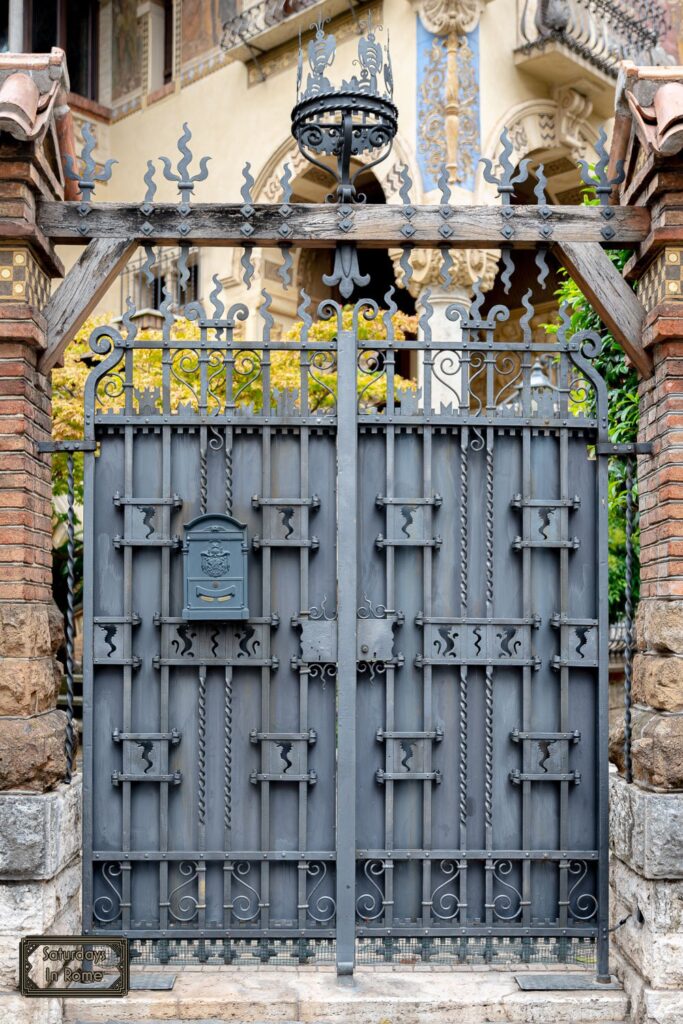
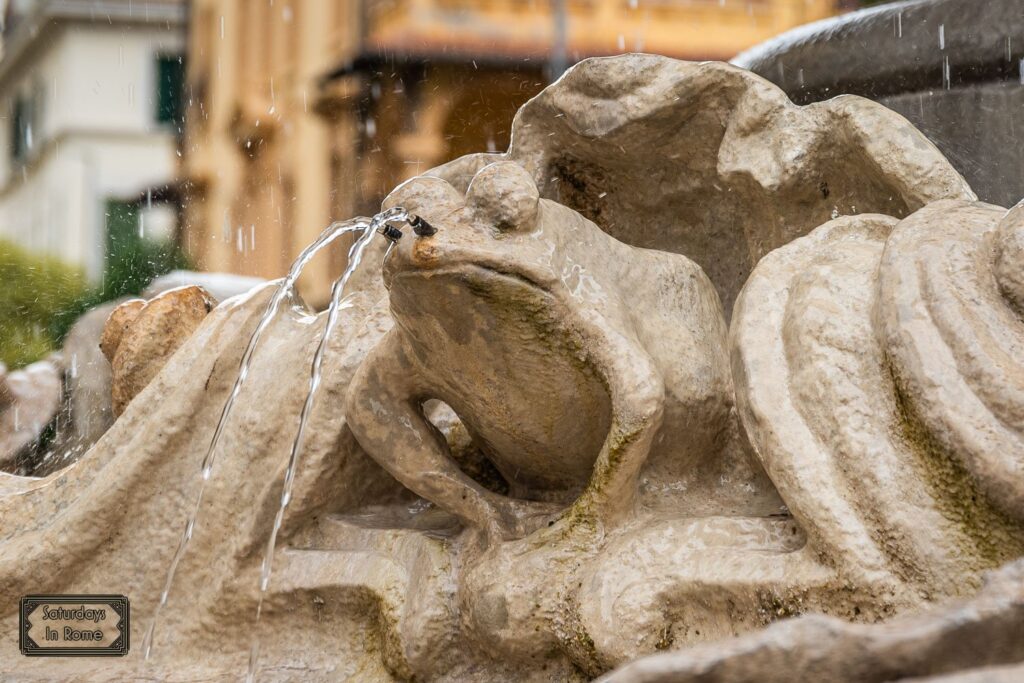
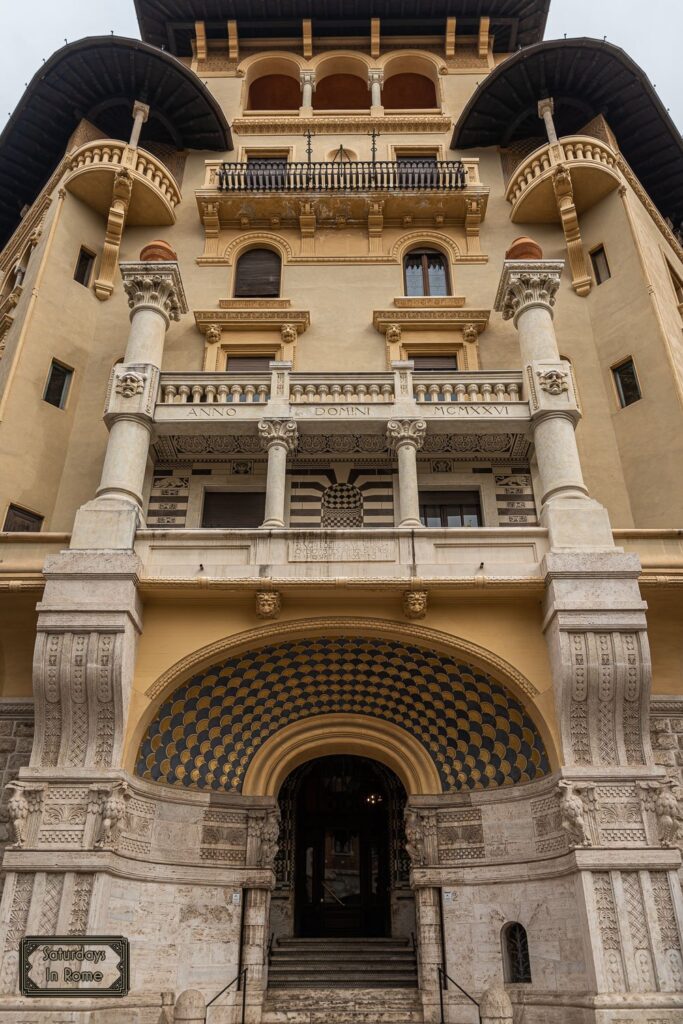
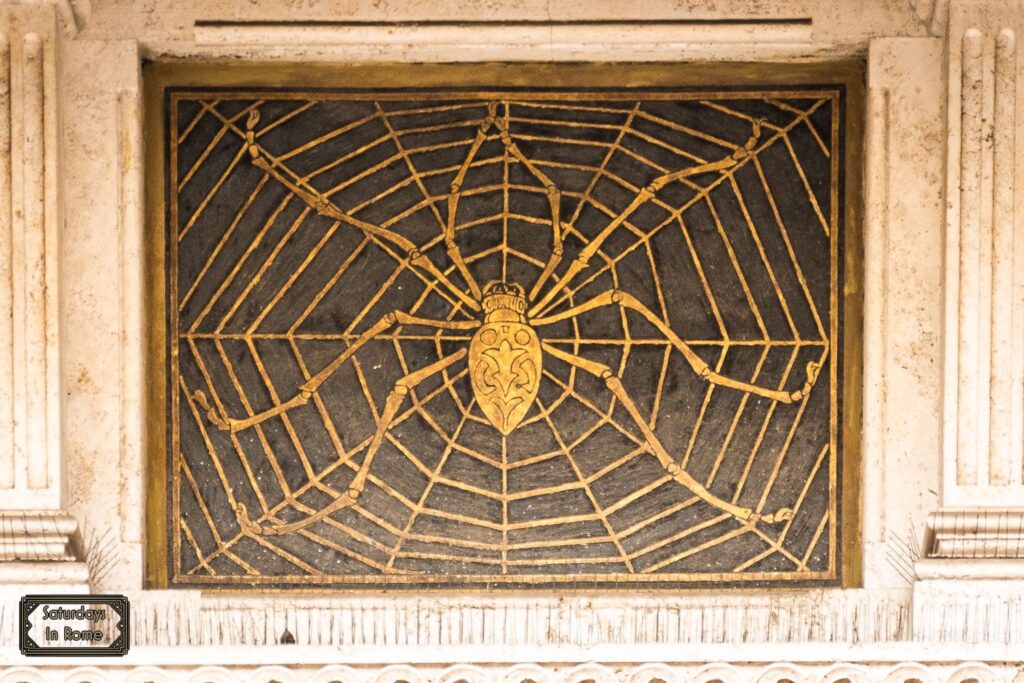
The original plan of the work included 18 palaces and 27 buildings between buildings and villas. Although the Palaces I have described above are the most important and dramatic, there are others in the area that make a relaxed walk around that much more enjoyable. One building in particular is on Piazza Mincio between via Brenta and via Aterno. It currently houses a bank, but you can enjoy the dramatic architecture, decorations and carvings even from the sidewalk.
Where Is Quartiere Coppedè In Rome?
The Quartiere Coppedè is in the Trieste neighborhood in Rome and is very accessible by public transportation and by car. There are parking garages in the neighborhood, but you should expect a bit of a walk to reach the Piazza Mincio. If you want to take a bus from the center of Rome, for example from Piazza Venezia, you can take any of the buses that head towards the Porta di Roma mall, like the #80, the #3 Tram and if you are OK with a bit of a walk around Trieste you can take the Metro B subway to the Sant’Agnese – Annibaliano stop.
Learn About More Hidden Gems In Rome
If you love discovering new sites, like the Quartiere Coppedè in Rome and are looking to get off the well beaten path, these are some other posts that might interest you:
- Understanding Rome’s Neighborhoods For The First Time Visitor.
- Janiculum Hill Has Some Of The Best Views In All Of Rome.
- Is Garbatella, Rome Safe For Tourists To Visit At Night?
- Rome’s Jewish Quarter – Your Guide To The Amazing Sites.
- EUR Rome: A Historical District That You Should Experience.
- More Districts In Rome, Italy That You Should Visit.
- The Districts Of Rome Are All Uniquely Roman Experiences.
- Aventine Hill In Rome Is A Beautiful Escape From The Chaos.
